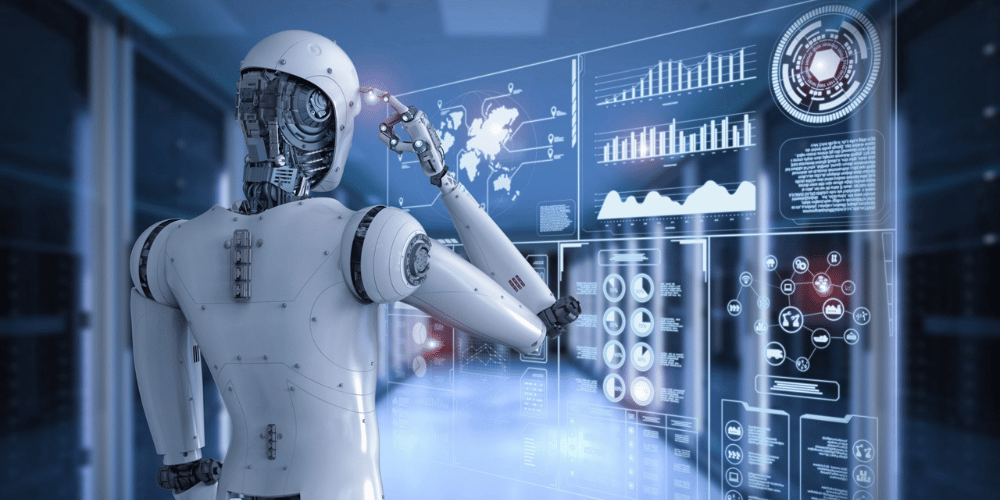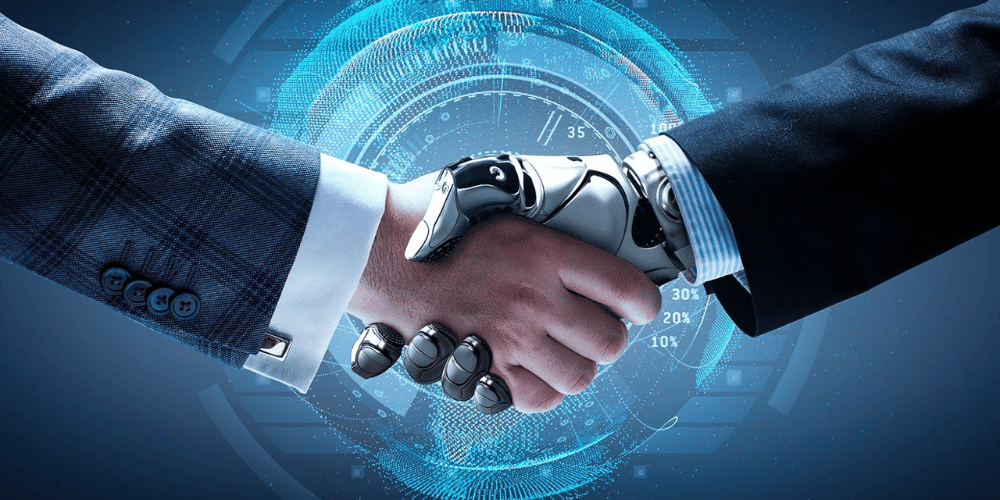Implausible Realities: The Scenario When AI Robots Reveal Human-like Attitudes
Jun 25, 2023

Artificial Intelligence (AI) has taken leaps and bounds in the last few decades, permeating into numerous aspects of our daily life. But what happens when AI bots start mimicking human behaviors and attitudes accurately? This concept, once the stuff of science fiction, has now become a reality that we're grappling with. In this article, we're going to delve deep into the subject and discuss the implications, advantages, and potential pitfalls in such scenarios.
AI: A Mirror Reflecting Human Traits

The primary focus of AI is to replicate not just human-like intelligence but also human-like behavior. The AI bots today are capable of conversing, learning, interpreting, and even mimicking human emotional responses. The driving force behind this is the burgeoning field of Natural Language Processing (NLP), which enables machines to comprehend and replicate human language patterns. This also includes understanding the context, intent, irony, and other subtleties of human conversation. Furthermore, AI tools are now capable of mimicking human actions and reactions, including facial expressions, body language, and tones, thanks to advancements in machine learning and robotics.
The Blurring Boundaries of Conversational AI
Conversational AI has made significant strides, with chatbots becoming increasingly prevalent in customer service scenarios. As a result of the latest developments in machine learning and natural language understanding, these bots can now handle a multitude of customer queries and complaints. They can also mimic human conversation to such an extent that it becomes difficult for users to distinguish between a human and a bot. Such advancements inevitably lead to a myriad of ethical and philosophical questions. For instance, should AI bots be programmed to disclose their non-human identity? What kind of decisions should they be allowed to make?
The Pros of Human-like AI
Artificial Intelligence that mirrors human behavior opens up a plethora of opportunities. In healthcare, for example, AI can provide emotional support to patients with mental health issues. They can also assist in isolating seniors, providing companionship, and diminishing feelings of loneliness. Furthermore, such AI can be instrumental in complex decision-making scenarios, weighing in on a multitude of variables to provide optimal solutions, much like a human would. It can ensure round-the-clock availability in sectors like customer service, where demand fluctuates, and human resources may be limited.
The Pitfalls of Human-like AI
Despite the various advantages, there are potential pitfalls that we need to be wary of. One significant concern is the risk of deception. If AI bots can replicate human behavior and attitudes accurately, they could potentially be used maliciously to deceive or manipulate individuals. Another concern revolves around the question of responsibility. If an AI-driven tool makes a mistake, who holds responsibility? The AI, its creators, or the users who were interacting with it? These questions are not just technical but also have profound ethical and moral implications.
Walking the Fine Line: The Future of AI

The progress of AI toward mimicking human attitudes and behavior is undeniably fascinating yet daunting. The benefits are immense, but so are the ethical dilemmas. As AI continues to evolve and become more human-like, it is crucial not to lose sight of the underlying implications and challenges. Striking a balance between leveraging the benefits and mitigating the risks would require concerted efforts across sectors and disciplines. It necessitates setting boundaries, creating standards, and formulating regulations to guide AI’s development responsibly. And most importantly, it calls for an ongoing dialogue about what we want our future with AI to look like.







